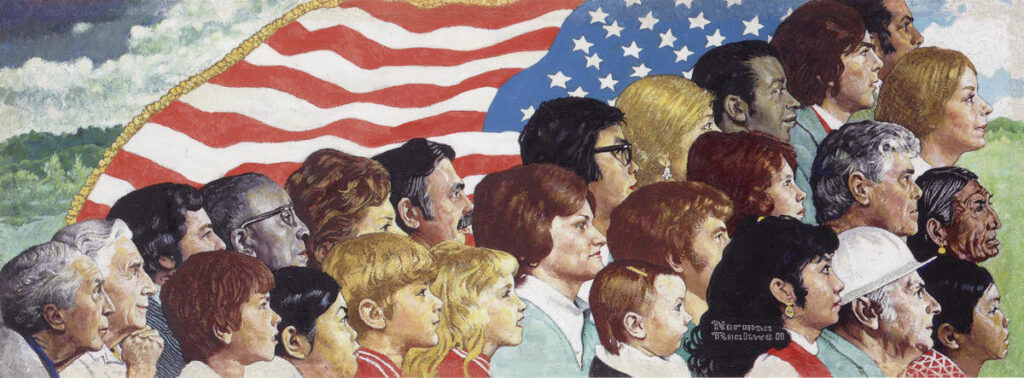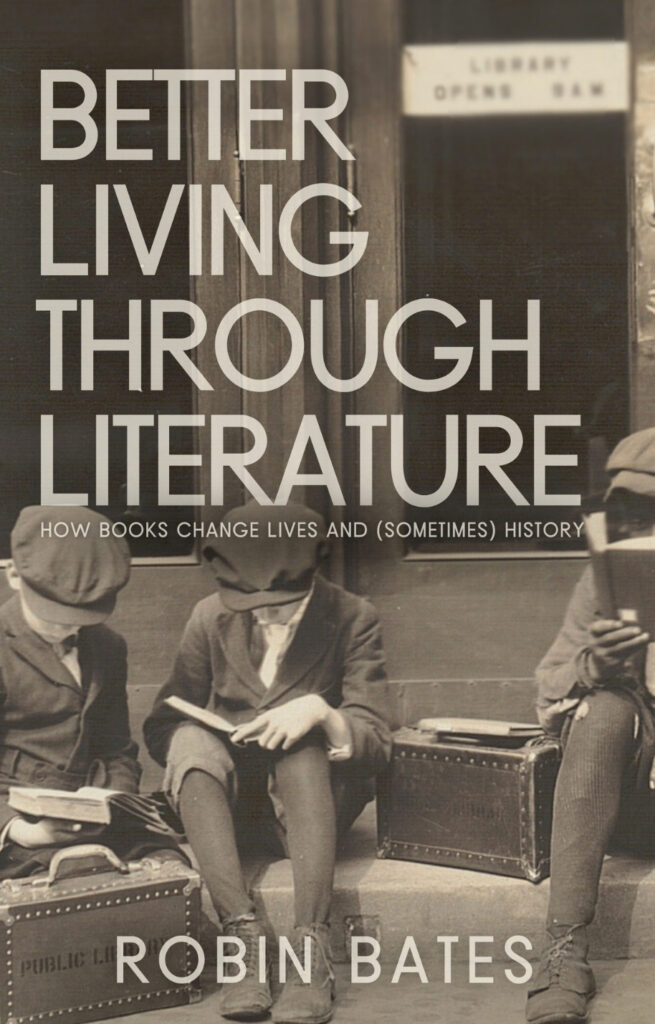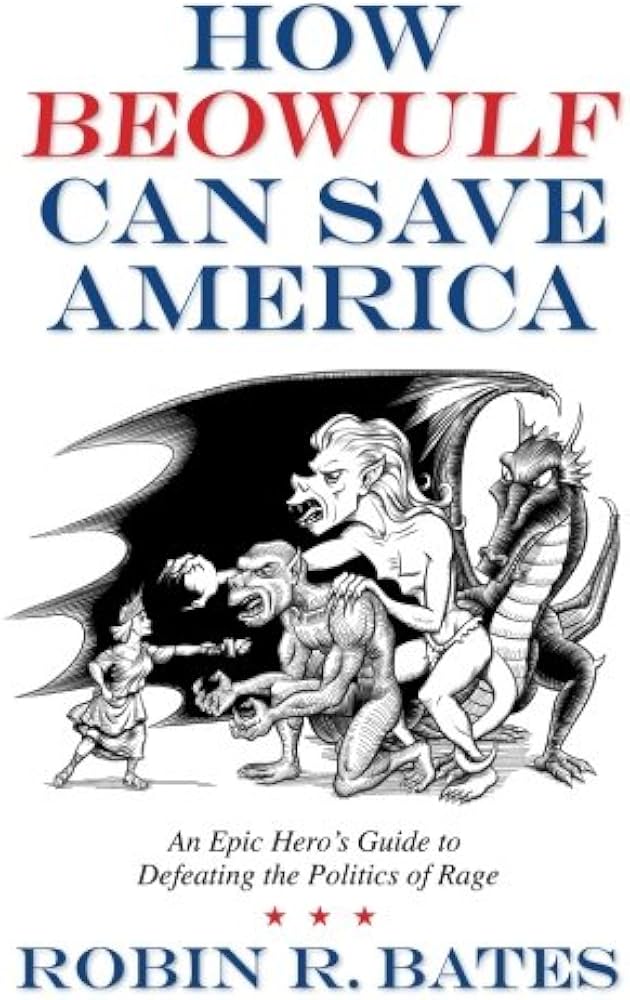Note: If you wish to receive, via e-mail, (1) my weekly newsletter or (2) daily copies of these posts, write to me at rrbates1951@gmail.com. Comments may also be sent to this address. I promise not to share your e-mail with anyone. To unsubscribe, write here as well.
Tuesday
Born in 1951, I was raised in a small Tennessee college town and remember growing up at a time when we said the “Pledge of Allegiance,” committing ourselves every morning to “one nation, under God, indivisible, with liberty and justice for all.” Looking back, I realize that this was our sacred credo for what was in essence a civil religion.
We also sang patriotic songs, such as “America the Beautiful, “My Country ’Tis of Thee,” “God Bless America,” and the Emma Lazarus poem on the Statue of Liberty.” And we read patriotic poems, one of which I’ll share with you in a moment.
At the time, Norman Rockwell’s paintings dominated the covers of The Saturday Evening Post, assuring us that (1) Americans were basically decent people and (2) we should all learn to get along and respect each other. Meanwhile, Edward Steichen’s 1955 Family of Man exhibit, featuring photographs of people from all over the globe, extended that vision to the world at large. Our glory and strength as a nation, we believed, lay in the way that we could appreciate and welcome a wide variety of people.
Not everything was rosy, of course. The cold war was going on and segregation reigned in the south. If America’s civil religion came under severe attack during the 1960s, it was in large part because young people saw the country failing to live up to the ideals they had been taught in school. I fled the south when it was time to attend college because of the racism, and I remember feeling personally betrayed by being expected to fight in a war whose rationale no one could adequately explain. But despite our disillusion, the ideals themselves formed our core. If I am in any way typical, many of the seniors who participated in the “Hands Off” demonstrations this past weekend felt propelled by this foundational identity.
Senior citizens were certainly in abundance at the demonstration I attended near the federal building in Winchester TN. Given that Franklin County went 75-25 to Trump, I figured we’d be lucky to draw 50 people and was therefore amazed when around 250 showed up. For two hours we brandished our signs, listened to speakers, and shouted, “Hey, hey, ho, ho, Elon Musk has got to go.”
While issues like Social Security, Medicare, and Medicaid were certainly on our minds, so were the threats to democracy. And because of the rise of Trumpian authoritarianism, those old poems—which as college kids we dismissed as cheesy—seem to carry special significance. That goes for Henry Holcomb Bennett’s “The Flag Goes By”:
Hats off!
Along the street there comes
A blare of bugles, a ruffle of drums,
A dash of color beneath the sky:
Hats off!
The flag is passing by!
Blue and crimson and white it shines,
Over the steel-tipped, ordered lines.
Hats off!
The colors before us fly;
But more than the flag is passing by.
Sea-fights and land-fights, grim and great,
Fought to make and to save the State:
Weary marches and sinking ships;
Cheers of victory on dying lips;
Days of plenty and years of peace;
March of a strong land’s swift increase;
Equal justice, right and law,
Stately honor and reverend awe;
Sign of a nation, great and strong
To ward her people from foreign wrong:
Pride and glory and honor,–all
Live in the colors to stand or fall.
Hats off!
Along the street there comes
A blare of bugles, a ruffle of drums;
And loyal hearts are beating high:
Hats off!
The flag is passing by!
Amen to “equal justice, right and law.” What the flag symbolizes and what we once took for granted seems most precious when we are in danger of losing it.


